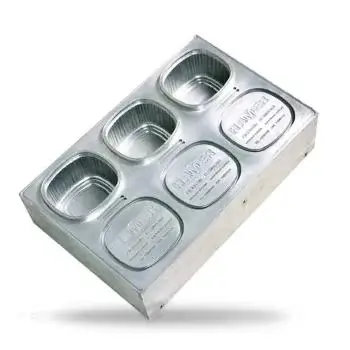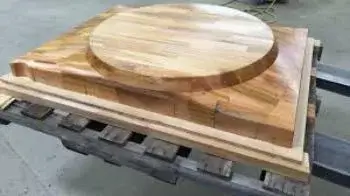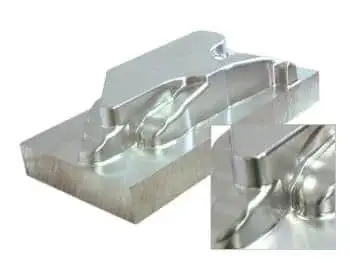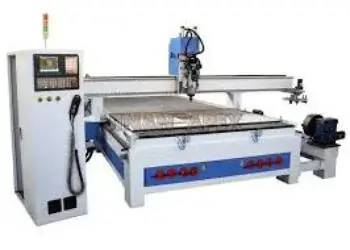Mold design and construction is the most exciting and popular part of the vacuum forming process for most people.
In this section, as a designer, artist and engineer, you can view and understand the design you have in your mind in the form of a physical object.
A vacuum forming mold, sometimes referred to as a “tool”, is an object that is placed on a vacuum forming machine to form thermoplastic plastic onto.
The vacuum forming mold is the most important part of the vacuum forming packaging process, because it is not possible to form without the mold design.
A good and standard mold design enables the machine operator to produce a product with high precision and high quality forming as required, before the mold deteriorates.
Degradation of mold quality means loss of mold shape and stability.
There are several points in mold design such as shape, materials used, air flow, size and distance, which we will try to address in this article.
Stay with Vacuum Forming Khavar Vacuum Website.
Materials used in vacuum forming
There are different types of materials for making vacuum forming molds, such as wood, MDF, aluminum, etc., which can be chosen based on a list of design requirements and the final product.
- What is the required number of products?
- How important are product details?
- How do you want to mold or tool?
- How much do you want to pay for the desired Mold?
- How much time do you have to produce the mold?
These are questions to consider before choosing a mold material. In the following, we are going to examine each of the mentioned materials and tell their advantages and disadvantages in order to help you in the process of vacuum forming.
Wood and MDF
Wood and MDF are very popular due to their low cost and ease of use with molding tools. Using a wide range of tools and simple carpentry techniques, the designer is able to produce a mold with relative ease that can be used to produce a prototype of the product in the vacuum forming process.
Wood and MDF cannot be used for high-end products due to their inappropriateness and resistance, which is why they are very suitable for the production of prototypes.
Wooden and MDF molds are mostly used in Iran to produce the prototype of the product and fix its defects. After fixing the problems and defects and approval, it is time to design and manufacture the aluminum mold.
Aluminium
Aluminum is a very suitable material for the production of vacuum forming molds and mass production in the vacuum forming process. This material is highly resistant to high production cycles and heat and allows the heat to dissipate quickly after the forming process, thus reducing the need for cooling.
Aluminum mold is first designed by human control and CNC machine and then machined to get the desired shape
Other materials
Other materials that can be used in making a vacuum forming mold include clay, foam, epoxy resin and 3D printing, which are not recommended in any way due to their inappropriateness and resistance, complexity and high cost.
CNC machine
CNC is a device that is widely used in the industry for cutting and shaping different materials.
This process involves cutting and shaping tools that are controlled by a computer.
For molding with a CNC machine, the mold material is fixed on the CNC table, and then the cutting tool moves along the length, width, and height to cut and shape the mold and finally drill holes on the mold.
The CNC machine has very high precision and can cut and shape with an accuracy of one tenth (0.1) to one hundredth of a millimeter (0.01).
Aluminum, wood and MDF are materials that the CNC machine can cut and shape.





